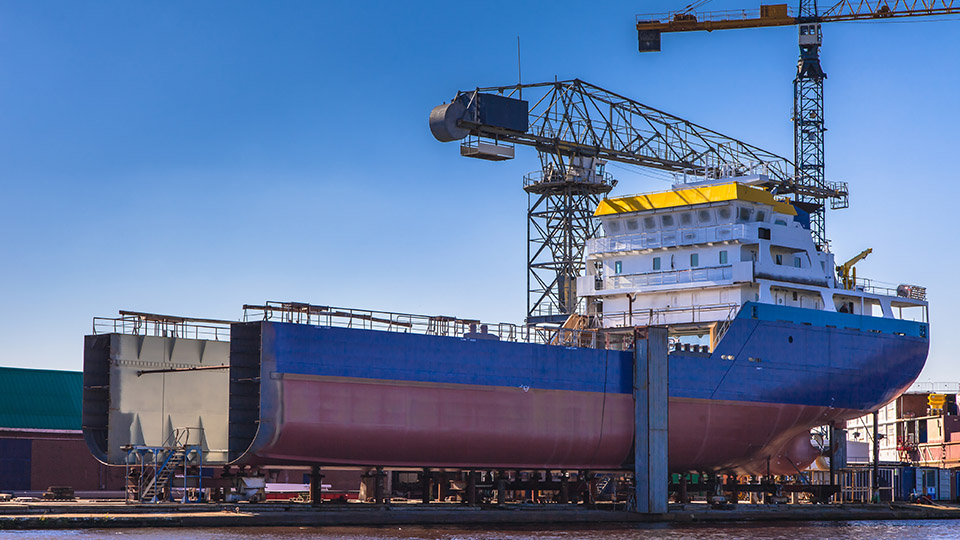
CONTACT BIMCO
Jeppe Skovbakke Juhl
Manager, Maritime Safety & Security
Copenhagen, Denmark
- +45 4436 6871
- hsse@bimco.org

At meetings held at the International Maritime Organization (IMO) last week, a plan was agreed which aims to find regulatory solutions to mitigate the consequences and tackle concerns over underwater radiated noise generated by commercial shipping.
The IMO’s work to address underwater noise from commercial shipping and its adverse impact on marine life is relevant to the UN Sustainable Development Goal (SDG) 14 on the oceans. BIMCO stresses the importance of addressing the issue because it can have short and long-term effects on marine life. BIMCO also recognises that the subject is complex, and many factors have to be considered.
In 2014, the IMO agreed to guidelines on the reduction of underwater radiated noise from ships (MSC.1/Circ.833).
“The uptake and global implementation of the existing guidelines have been limited because they lack information about specific problems and specific solutions,” says Manager, Maritime Safety & Security at BIMCO, Jeppe Skovbakke Juhl.
Unlike other forms of pollution, underwater radiated noise does not take years to break down or dissipate; once the noise generated in the ocean is tackled, the pollution stops almost immediately.
The new action plan for mitigating noise levels at sea includes a comprehensive review of the current eight-year-old guidelines. The aim of the review is to provide updated recommendations based on the latest developments in ship design and technology, and to address potential hurdles that could prevent the uptake of the recommendations.
BIMCO fully supports the revision and enhancement of the 2014 guidelines which will create better, standardised ways of monitoring underwater radiated noise.
“By identifying comparable and common means of measuring, analysing, and reporting underwater radiated noise emissions from ships, such as by use of existing and developing ISO and other international standards, we will get a much better understanding of the noise characteristics. All ships, however, have different noise profiles, and not all ship designs can be further optimised and improved. Therefore, it is highly welcomed that the revised guidelines will contain a catalogue of options to integrate new and advancing technologies and/or ship design solutions,” says Juhl.
During the IMO meeting there was broad emphasis on properly considering the impact of how the work of the IMO on greenhouse gas reduction and carbon intensity directly interrelates with underwater radiated noise.
Establishing means that counteract the intentions of another regulatory instrument should therefore be avoided. In this regard, it is important to maintain a holistic approach to the development of measures, Juhl emphasises.
“The experiences and involvement in reviewing these guidelines should be extended beyond the traditional maritime industry stakeholders to allow flexibility and find better responses to biological maritime differences in different parts of the world,” he says.
The revised guidelines are expected to be finalised by 2023.